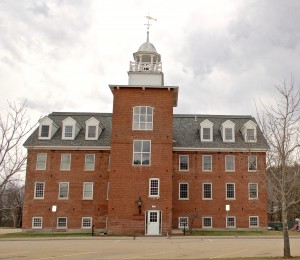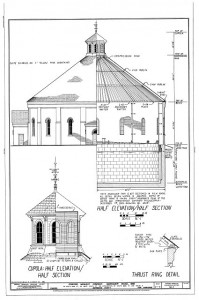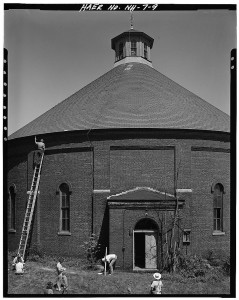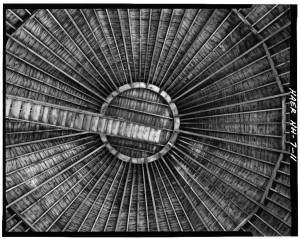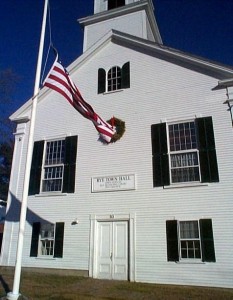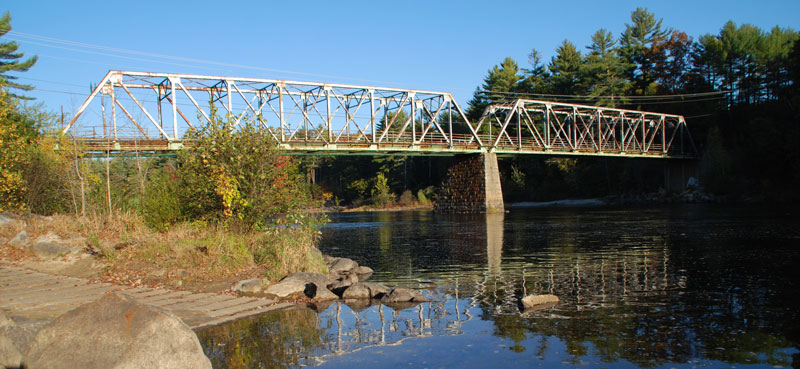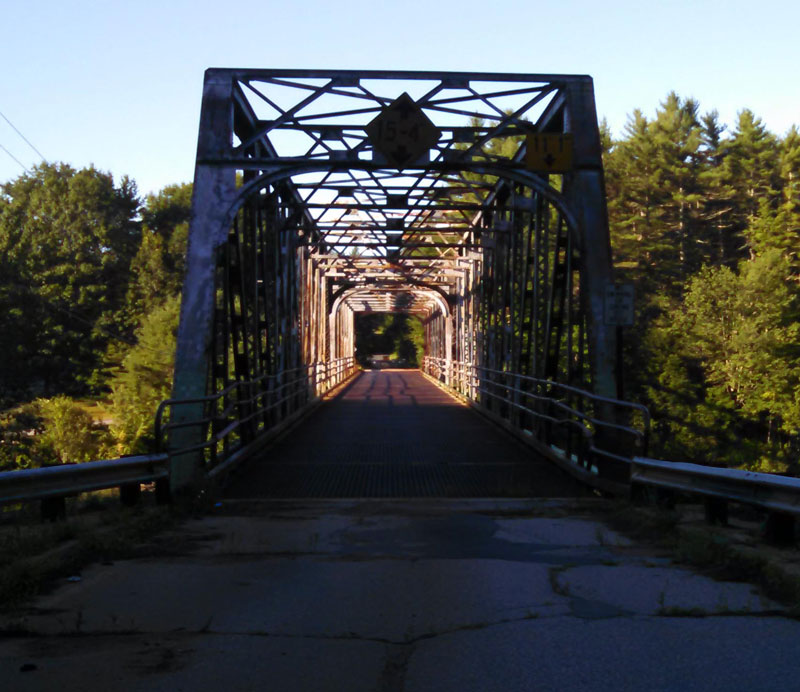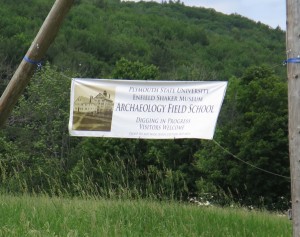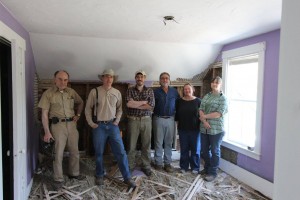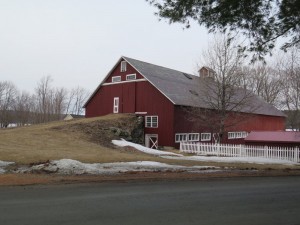Looking for some continuing preservation education? Here’s a sampling of upcoming events in the region…
February 24 — The Massachusetts Historical Society hosts a panel discussion on the “Preservation of Modernism” program at its Boylston Street headquarters in Boston.
Today, the optimism of the movement is often forgotten and many of the buildings suffer from years of poor maintenance and are facing insensitive renovation or demolition. Architects who have renovated important modernist buildings will talk about the challenges and opportunities and explain their work locally on buildings such as Sert’s BU Law Tower and Alvar Aalto’s Baker House at MIT as well as internationally on sites such as the Gropius’s US Embassy in Greece and the UN Headquarters.
March 12-13 — The New Hampshire Preservation Alliance is holding its “Old House & Barn Expo” at the Radisson in Manchester, New Hampshire.
Have fun and learn from the experts at this one-stop-shopping trade show that helps old house and barn owners and enthusiasts with appropriate and affordable solutions. Create your own show “itinerary” and explore garden, architecture, history and preservation strategies through hourly lectures, over 60 exhibitors and many traditional arts demonstrators.
April 1-2 — Boston University will be the site of a symposium entitled “The Dynamic City: Futures for the Past” at its campus in Boston, Massachusetts.
Are preservation, diversity, and affordability mutually exclusive in urban America? How can neighborhood identity and community be preserved while engaging with the opportunities of globalization? What should be saved in attempts to build and maintain a fair and equitable city? The Dynamic City: Futures for the Past will examine the urban history of New England and its relationships within a global context. The conference will explore questions that bridge the divide between study and praxis in design, sustainability and preservation.
April 2 — “50 Years Back, 50 Years Forward: The National Historic Preservation Act” is the title given to this year’s New England annual meeting of the Vernacular Architecture Forum to be held at Old Sturbridge Village (Massachusetts). Peter Michaud of New Hampshire’s Division of Historic Resources will participate in the “Vernacular in Practice” panel discussion along with colleagues from other New England states.
April 9 — Saving Special Places is holding its annual conference on land conservation in New Hampshire at Prospect Mountain High School in Alton, New Hampshire.
April 15 — Historic New England is offering the first workshop in a three part series called “Managing for Preservation” at its Codman Estate property in Lincoln, Massachusetts.
This workshop, the first in a series of three focusing on different preservation management themes, covers important concepts in design review in local historic districts. Learn from case study examples and mock hearings on this important part of local preservation regulation.

